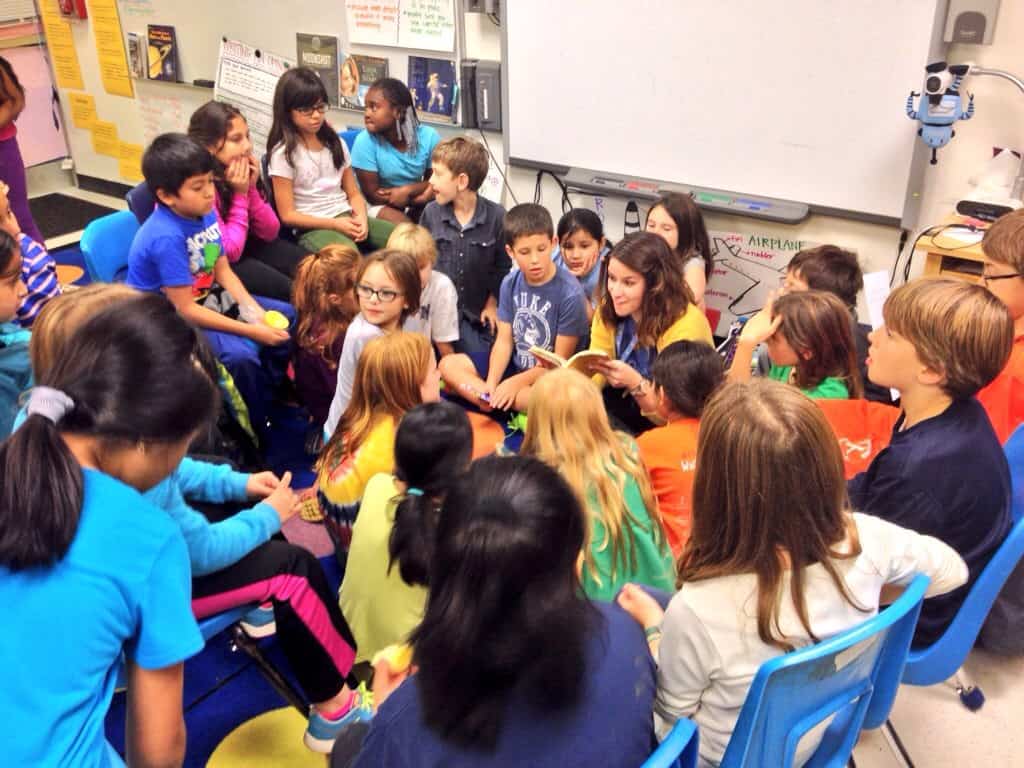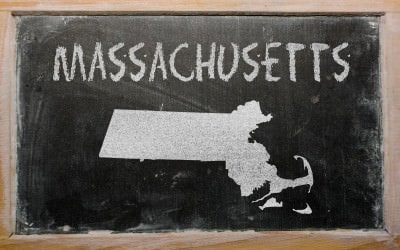

Before the General Assembly ended its long 2015 session this week, it left behind 40 single-spaced pages of instructions, requirements, and other sorts of special provisions in the “public schools’’ section of the budget bill. Legislators also left behind a lot of unfinished business.
Between pages 67 and 107, lawmakers wrote a potpourri of provisions that expressed their “intent’’ for the state to transition to “competency-based assessments,” instructed schools of education to admit only undergraduates with at least a 2.7 grade point average, gave the State Board of Education authority to consolidate local school units in adjoining counties, and mandated state and local plans to deal with “low-performing’’ schools. The list goes on and on – and it will take a while to digest the ramifications.
For now, let’s examine four important items of education policymaking that remain, or should remain, high on the state’s agenda, but for now are incomplete and thus still in need of repair, further action, or fresh initiative.
A high-quality teaching corps
A shortage of teachers is a nationwide phenomenon, especially in special education and in math-science-technology courses. And yet, North Carolina has its own responsibilities to address the challenge of increasing its pool of high-quality classroom teachers.
In addition to writing instructions for educator preparation programs and encouraging entry into the classroom by professionals not originally trained as teachers, the legislature approved three pay raises for teachers – a boost for early-career teachers, a restoration of “step’’ increases for veteran teachers, and a one-time $750 payment for all teachers. The National Council on Teacher Quality has reported that Wake, Mecklenburg, and Guilford counties gave their teachers salary supplements that rank among the highest percentage pay increases in the nation. The state pay raises, to be sure, are better than nothing, and yet North Carolina teachers, even those in metropolitan counties, do not have pay packages sufficient to propel more young people into the profession.
Two indicators point to the daunting challenge still to be fully addressed. The UNC Educator Quality Dashboard shows that education majors across the state university system dropped from 23,641 in 2010 to 17,111 in 2014 – with declines among both undergraduates and master’s-degree students. And, just as the legislature neared adjournment, the WalletHub website ranked North Carolina below every state except West Virginia in its “2015 Best and Worst States for Teachers.” Argue with the methodology all you want, North Carolina should not absorb more such hits to its reputation.
Digital learning
It’s fair to say the legislature moved the needle in funding the Digital Learning Plan developed by the Friday Institute at N.C. State University. Still, major elements of the plan await further decisions on policy and financing. These decisions are especially crucial for students in rural, low-wealth school districts whose upward mobility in life would be further impeded without the connections that modern technology affords.
Among the questions that define unfinished business in the digital sphere: Does state government, or local governments, pay for laptops and other devices? At a time when the state has diminished support for professional development, can it turn around and provide robust training for teachers in using technology to deliver content to students? And will the legislature fund the state’s overall ambition for “universal connectivity?”
Accountability in vouchering
Since winning control of both House and Senate, the Republican majority has addressed education policymaking by treating public schools as a broken system that needs fixing, and by privileging alternatives to traditional public schools to give parents more choices. It has expanded charter schools, which exist within the public system though freed from its administrative hand. And it has offered “opportunity scholarships’’ – tax-financed vouchers – for students in lower-income households to enroll in private secular and religious schools.
The budget allocates $17.5 million for 2015-16 and $24.8 million for 2016-17 for vouchers to private-school students, an increase of 129 percent over 2014-15. Yet, the legislature mandated no comparable expansion of measures that would give policymakers some sense of how well, or not so well, students with vouchers were faring educationally.
A fascinating debate broke out among Republicans on the second-to-last day of the session over a proposed expansion of voucher eligibility, in a committee meeting reported by Lindsay Wagner of NC PolicyWatch. The committee sidetracked the bill on a close vote after hearing Rep. Leo Daughtry of Johnston County tell of a recent visit to a voucher-assisted school in his district:
“It’s in a back of a church, and it has like 10 or 12 students. And one teacher. Or one and a half teachers. … From what I saw…the school there that I visited didn’t seem to be a school that we would want to send taxpayer dollars to.”
The unfinished business is to put vouchers to the rigorous tests of accountability and effectiveness expected for the use of public money in education.
Before kindergarten
With SmartStart followed by More at Four, North Carolina had vaulted for a while into the front ranks of states in early childhood care, health, and education. Now the state appears to have reached a critical juncture in its services to pre-kindergarten youngsters and their families.
The budget calls for a subcommittee of the Joint Legislative Committee on Health and Human Services to conduct a study of NC pre-K, Smart Start, and the Child Care Subsidy program. The language appears on page 148 of the budget bill, not in the education section, because these programs are now clustered in DHHS. Meanwhile, a bipartisan group of legislators recently gathered into a budding pre-K caucus to bring in experts to educate themselves on how to fashion an early childhood initiative.
In an effort to hit its reading target for third graders, the legislature has extended Read-to-Achieve reading camps to first and second graders. But now kindergarten has changed, becoming much more an academic preparation for first grade. The unfinished business in early childhood development is to bolster pre-K in age-appropriate ways to get young people ready for kindergarten — and on a glide path to reading to learn as they emerge from third grade.


